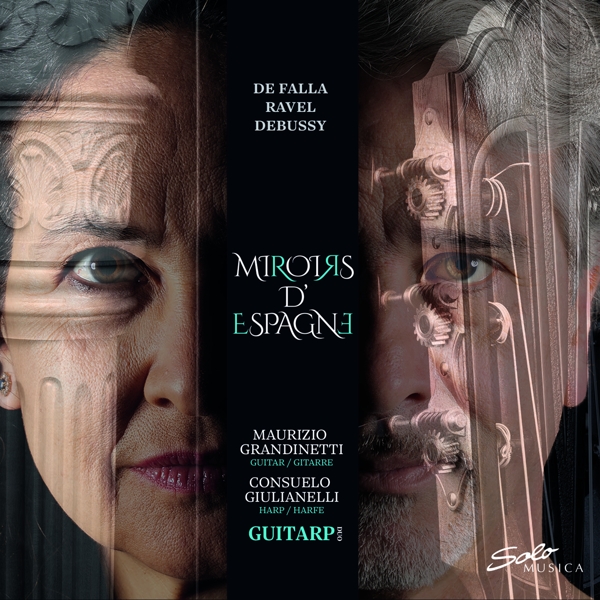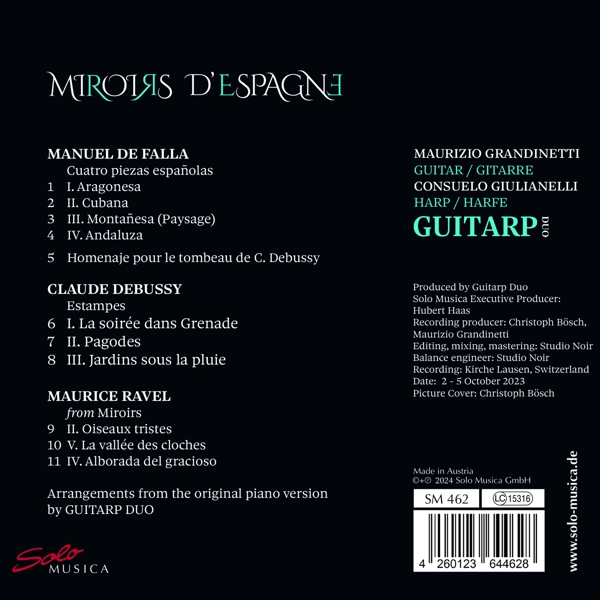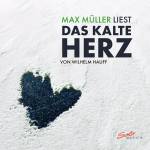Accesorios |
Mi cuenta
|
Entrar
|
Español |
€ Euro |
Búsqueda avanz.
|
Todas categorías
LOS MáS VENDIDOS
500
NOVEDADES
7.532
OFERTAS
223.272
Tu selección actual:
No hay selección
Filtrar resultados:
TÉCNICA
264.183
JUEGOS/SOFTWARE
25.937
MÚSICA
719.410
Música Cristiana
739
- Asia Pop
9.522
- Austro Pop
209
- Brit Pop
240
- Indie Pop/Lo Fi
24
- Italo Pop
282
- Los Sesentas
258
- Moderado
2.512
- Otros de Pop
236.430
- Party/Fiesta
33
- Pop Latino
6.878
- Pop europeo
38
- Pop francés
563
- Pop holandés
1
- Synthi Pop
314
- Viejas cantinelas
62
|
Música Películas Audio Libros Merchandise Infantil |


















![Ensemble Pallidor / Farnberger Franz / Mühlbacher Al - Bach: Kantaten [Broken Eyes]](https://img.grooves.land/images/cover/541/364/cx0cb1gd.j11)


